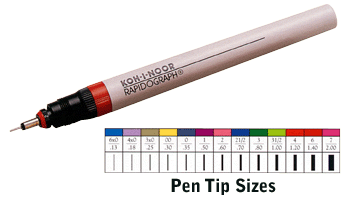Most of the useful stuff has been said above but my 2 cents:
1. Undercoat - I've used lots of different undercoats but have found the best results with ordinary, acrylic, spray undercoat available from shops like Halfords (in the UK). A couple of thin coats of this and you should have a great surface to paint on. Depending on the model, the desired finish and the palette you are using you can use either black or light grey undercoat; black is great for strong colours - blue, brown, natural colours - and creates a natural shading. If you are going for a lighter finish then grey may be better.
2. Quality brushes - OK, the good ones are pricey but, if looked after correctly (stored with the bristles protected and properly cleaned after use) good brushes not only last longer but also give good results for longer. Try a few different brands; different brushes suit different paints and painting styles but I use Windsor and Newton sable but there are many others
3. Quality paints - GW make a great range of very good paints, a bit overpriced for in my opinion but, hey, it's GW! The only thing that lets them down are the pots. My personal choice, which I think offers a great combination of coverage and finish, is the Vallejo Model Colour series. These are acrylics which come in a really nice dropper style bottle so it's easy to control the amount of paint on the palette without caking the pot to the point where you can't get the lid back on

4. Use a simple palette - some colours are much easier to use than others; blue and green for example. They are very simple to shade and highlight and tend to cover reasonably well, whereas yellow, white and black are somewhat trickier.
5. Watch lots of videos, or talk to more experienced painters, about different techniques; blending, drybrushing, highlighting, lowlighting etc. I had no idea how to paint gems for example until a more experienced painter demonstrated an "easy" way to paint them.
6. Use source materials - don't be afraid to copy other painters ideas, it's the best way to learn and you will develop your own style over time.
7. Practice - painting a straight line is enormously difficult - second only to painting a perfect circle - so don't beat yourself up if you find you can't do it. Keep trying. If you are using metal miniatures you can always get the paint off afterwards anyway and try again. You can even get paint off plastics if you are careful (I've been told Dettol works well for this).
8 & finally, no work of art is ever finished, it is simply abandoned. There are no bad paintjobs as anything you have already painted can be improved on as your technique improves. By the way, your Marauder doesn't look that bad to me anyway!
Keep the faith and paint away!
































